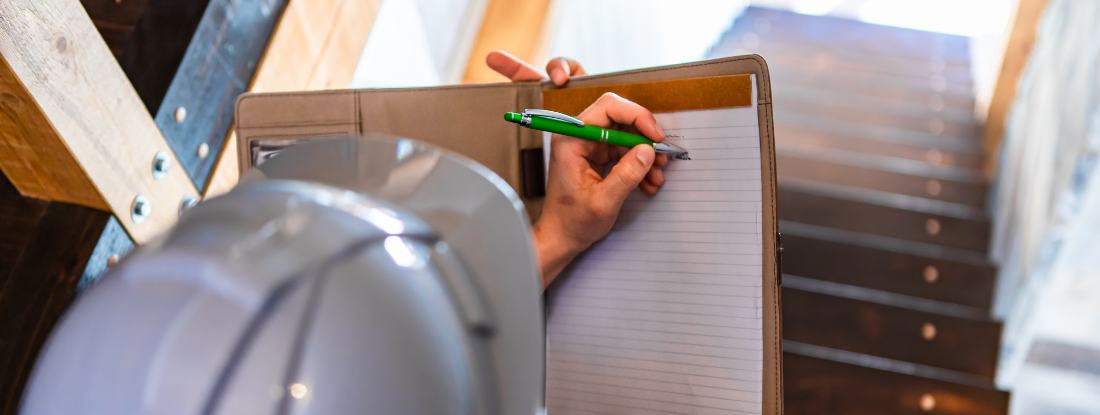Comprehensive Post Mold Remediation Procedures
Your Ultimate Overview to Message Mold Remediation Techniques
Navigating the world of post-mold removal techniques is a careful process that demands focus to information and a comprehensive understanding of the ins and outs involved. In the consequences of mold and mildew problem, understanding how to successfully eliminate the mold and prevent its reoccurrence is critical for maintaining a healthy interior environment. From selecting the best cleaning and decontaminating techniques to executing methods for long-term mold prevention, each action in the removal journey plays an important duty in making certain an effective outcome. As we start this expedition of post-mold remediation methods, we will discover the essential strategies and finest techniques that can aid you recover your area to its pre-mold condition and guard it against future mold and mildew risks.
Comprehending Post-Mold Removal Process
After completing the mold and mildew remediation process, it is crucial to understand the post-mold remediation techniques that are required to guarantee a efficient and comprehensive cleanup. When the mold and mildew has actually been removed, the next action entails cleansing and decontaminating the influenced areas to stop any kind of regrowth of mold. This includes utilizing specialized cleansing agents to wipe down surface areas and kill any remaining mold and mildew spores. It is necessary to dry out the area completely to discourage the development of mold in the future (Post Mold Remediation). Appropriate air flow and dehumidification can help in this process.
Additionally, conducting a last inspection post-remediation is vital to guarantee that all mold has been efficiently eradicated. If the inspection discloses any kind of remaining mold and mildew, extra remediation might be essential.
Reliable Cleansing and Disinfecting Approaches

Stopping Future Mold Growth

Relevance of Correct Ventilation
Correct ventilation plays a vital role in protecting against moisture build-up, an essential consider mold and mildew growth within interior environments. Reliable ventilation systems assist get rid of excess humidity from the air, lowering the possibilities of mold and mildew spores finding the wetness they need to sprout and spread. Without adequate air flow, indoor areas can come Get More Info to be a breeding place for mold and mildew, bring about prospective wellness risks and architectural damages.
By making certain appropriate air blood circulation, ventilation systems can likewise aid in drying damp areas faster after water damage or flooding cases, further deterring mold development. After mold remediation. Precede like shower rooms, basements, kitchen areas, and attic rooms where moisture levels tend to be higher, installing and preserving effective ventilation systems is essential in avoiding mold infestations

Tracking and Maintenance Tips
Offered the critical role that proper ventilation plays in avoiding mold development, it is important Bonuses to establish efficient tracking and maintenance suggestions to make sure the continued capability of ventilation systems. Surveillance moisture degrees within the residential or commercial property is likewise critical, as high moisture can contribute to mold development. By staying aggressive and attentive to the condition of air flow systems, residential property proprietors can successfully reduce the danger of mold regrowth and keep a healthy and balanced indoor environment.
Final Thought
In conclusion, post-mold removal methods are vital for making sure a secure and clean environment. Recognizing the process, implementing effective cleansing and sanitizing approaches, stopping future mold development, preserving proper air flow, and regular surveillance are all essential steps in the removal process. By adhering to these guidelines, you can efficiently eliminate mold and mildew and avoid its return, advertising a healthy living or functioning area for all occupants.
In the after-effects of mold invasion, recognizing exactly how to properly eliminate the mold and mildew and prevent its reoccurrence is vital for maintaining a healthy and balanced interior environment. When the mold and mildew has been removed, the following step includes cleansing and disinfecting the impacted areas to avoid any kind of regrowth of mold - what to do after mold remediation. After removing visible mold and mildew development, it is crucial to clean all surfaces in the damaged location to eliminate any staying mold spores. To additionally improve mold prevention steps, it is vital to resolve underlying concerns that originally led to mold development.Given the crucial function that appropriate air flow plays in avoiding mold development, it is imperative to develop reliable monitoring and maintenance suggestions to guarantee the continued functionality of ventilation systems